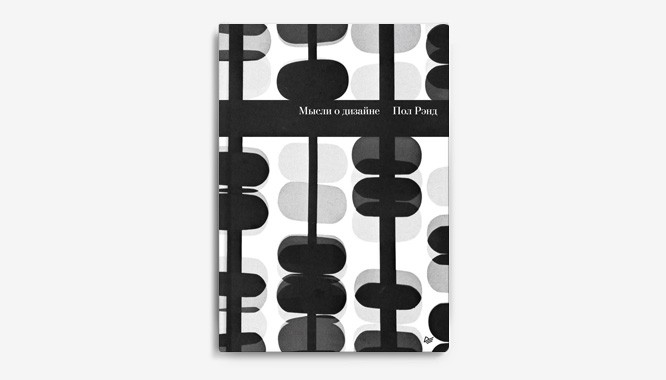11 rules of successful design
11 rules of successful design
Rules that explain why people like or dislike a particular design of things.
Each person’s taste is different. But we perceive many things in the same way. If you follow a few simple rules when creating a thing, you can achieve a more predictable reaction from people.
![shutterstock_527119351-[Converted]](https://infogra.ru/wp-content/uploads/2017/01/shutterstock_527119351-Converted-666x386.jpg)
1. Big things are pleasant more. Why small things give people less pleasure is still not clear to scientists.
2. I like rounded shapes more. Pointed forms cause subconscious fear: something sharp and sharp appears in them.
3. Symmetry = beauty. A symmetrical face signals good health. The same rule is projected onto things.
4. Extreme values are discarded. People are attracted to objects with statistical averages. For example, when evaluating faces, we like people most with medium-sized noses, medium-sized mouths, medium-sized eyes, etc. Furniture, art, and even graphic patterns are judged in the same way.
Most likely, this is the same evolutionary mechanism that is used in choosing a mate: preferring the norm and rejecting extreme values, both outstanding and very bad.
5. In a bad mood, people tend to choose the familiar (safe). In a good mood – new (risky).
6. When choosing a thing, priority is given to appearance. But after a month, the overall feel of the thing outweighs the importance of design. After a year, they equalize.
7. Things with evolutionary designs have the biggest success. That is, based on the classic (familiar) form, but looking slightly new. Overly innovative design that breaks with tradition is daunting. Fantastic-looking auto show concept cars never go into production.
8. The more savvy the consumer, the more he needs novelty. Automotive experts say the most beautiful are the most innovative cars. And game journalists tend to favor experimental indie games that don’t have a massive hit.
9. A well-informed buyer needs more time to evaluate an item. Even if the first reaction was not overly enthusiastic, it can change after a test drive or fitting.
10. The more complex the object, the better. People are more likely to choose things with more details.
11. The better a person understands a subject, the less he likes complex things and the more he likes simple ones. Designers and web developers love Apple’s minimal websites and tech.
Source: Startup Academy
Cover photo and article: ShutterStock
…


